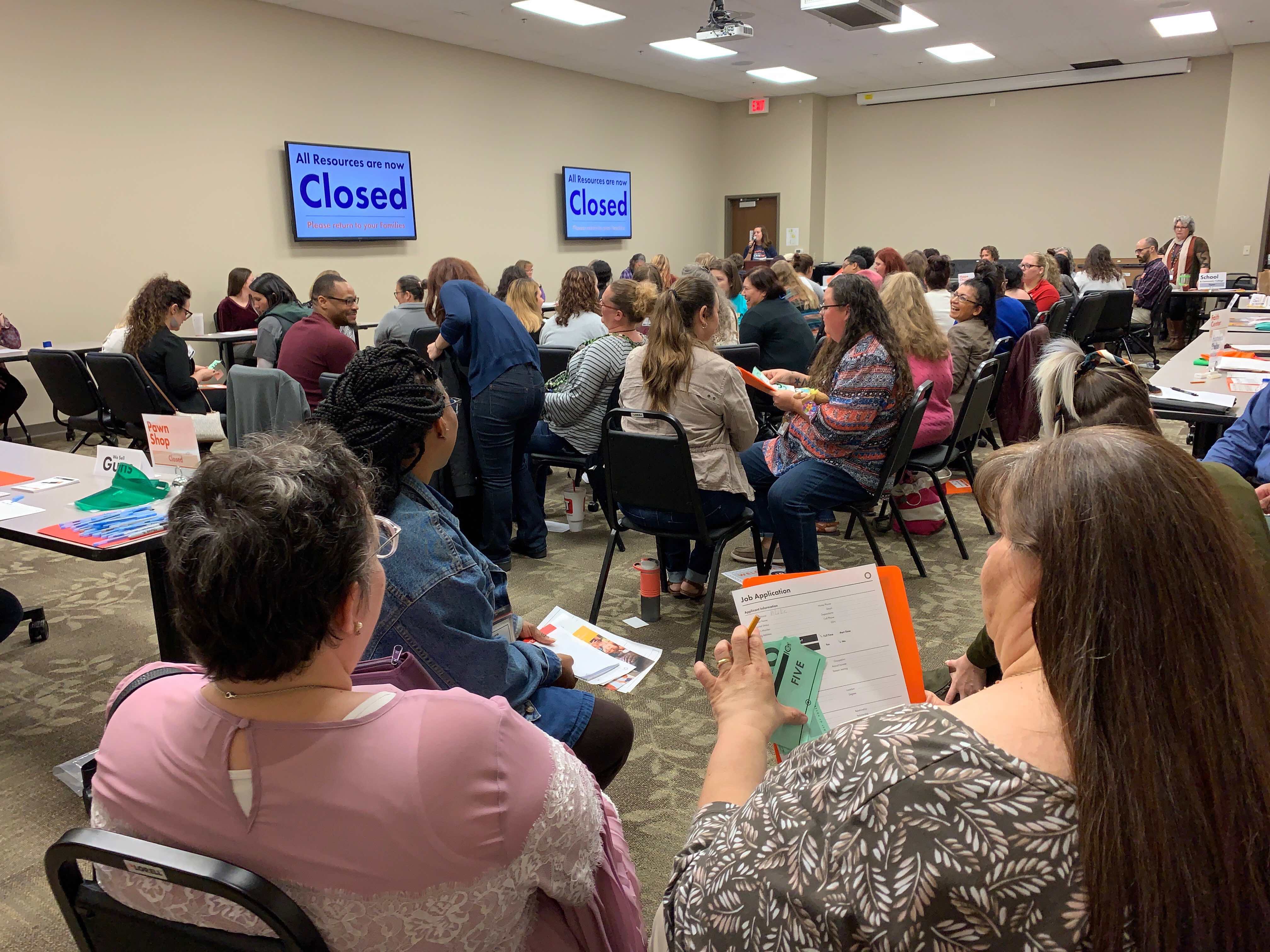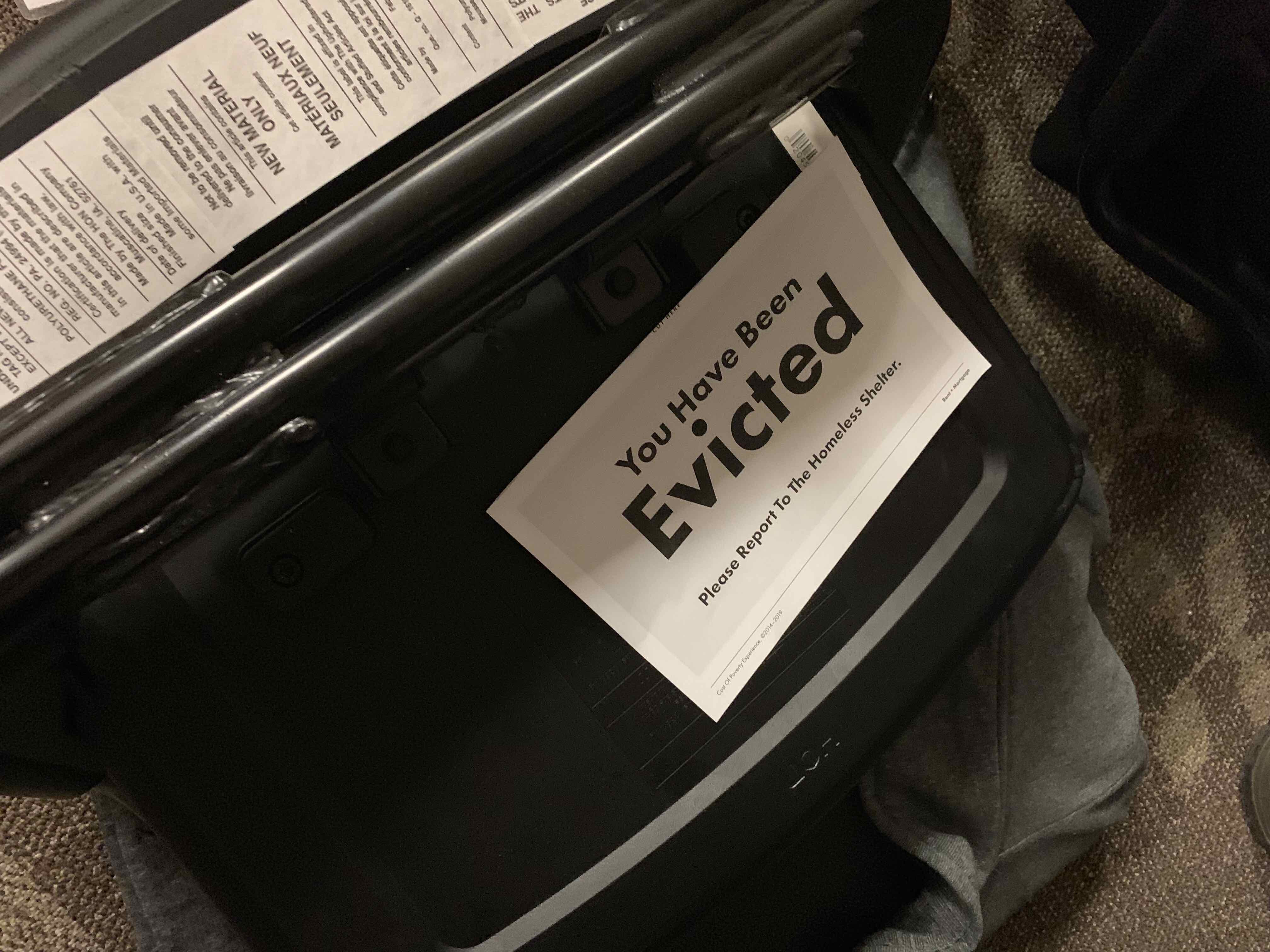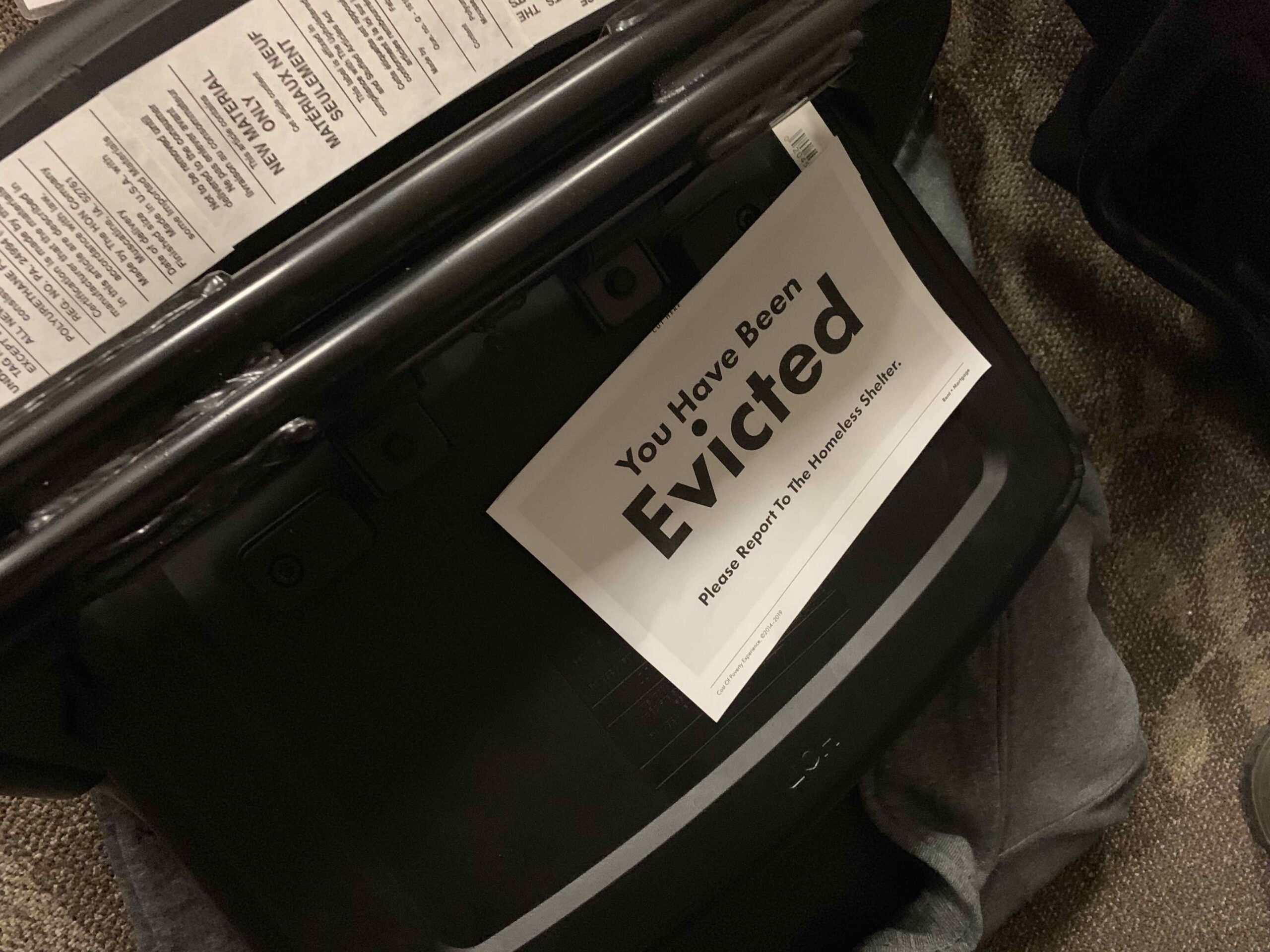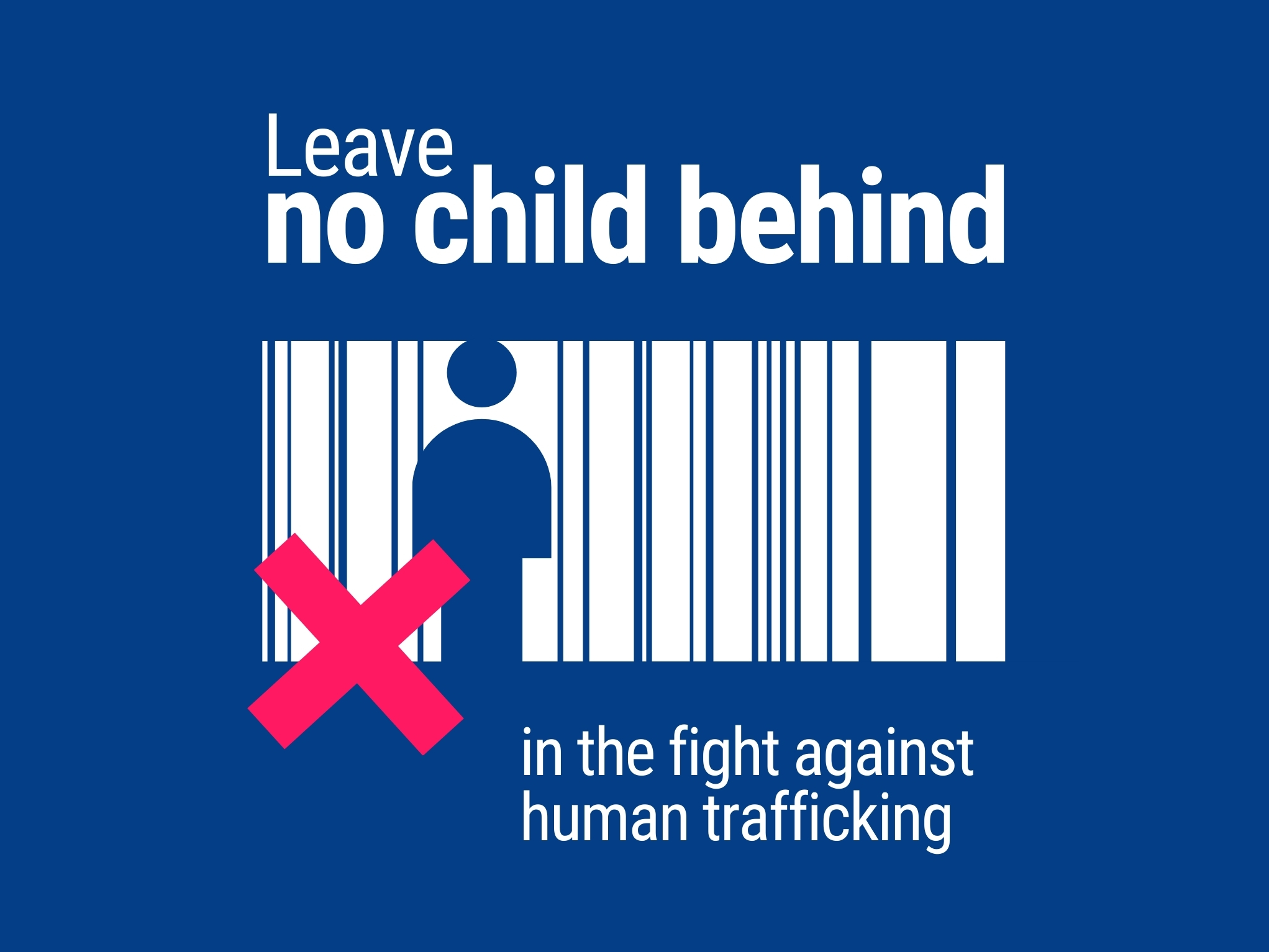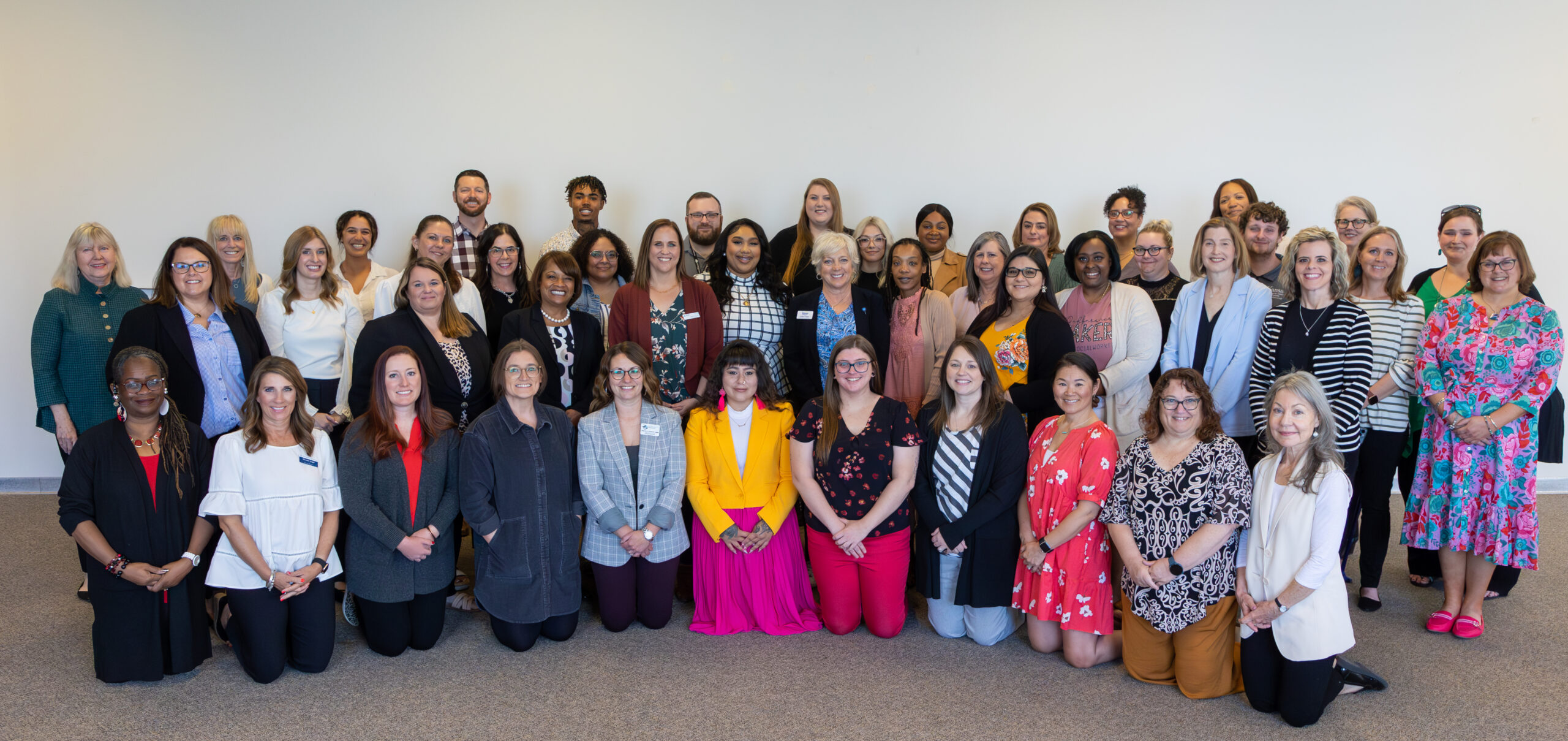About 60 people learned what it’s like to struggle to pay bills, to be devastated when a car breaks down or eviction looms, and how to negotiate with pawn brokers as they moved through Wichita’s Cost of Poverty Experience last week.
Participants walked for two hours in the shoes of their neighbors who live at or below the poverty line, facing challenges as they stepped through experienced based on real-life stories shared by families living in poverty.
Held at a Saint Francis Ministries location, and hosted by CarePortal and The Global Orphan Project, the event showed the harsh reality more than 46 million people who live in poverty face daily.
The experience was designed to help people understand the stereotypes they hold and challenge those preconceptions in a way that can drive communities to change.
Here’s a smattering of thoughts shared at the event:
* One worker said she didn’t anticipate an impact because she thought she understood what it was like to live in poverty. She was wrong.
*Another said it helped her understand the other side of the story much better. When you’re trying to save your family from eviction, find food or face immediate and critical challenges, you aren’t worried about other parts of your life.
*A man assigned to run the pawn shop table said he knew he offered the best prices available for items. But he recognized quickly the things held more value for their owners because they were desperate to pay bills.
Jae Hedrick, development officer at the Saint Francis Foundation, said the energy at the event was a telling sign of how impactful the experience was. Anxiety, which she described as an “almost tangible nervous energy,” filled the room as participants waited to tackle their assigned lives.
Then it shifted as participants faced challenges, including Spring Break when children who previously were stationed at the school were roaming around the room. The children were sometimes left at home by themselves. Law enforcement began to get involved, questioning their safety.
“At the end of the experience, we had a think tank/debrief and it was great to hear folks process out loud about their misconceptions of poverty,” Hedrick said. “They acknowledged the undercurrent of the anxiety, fear, and confusion of this simulation and then tied it back to how folks would feel if this was their normal.”
The conclusion? “They talked about how we all need to give a little more grace to those in that type of a situation because we honestly don’t know what it’s like to live like that 365 days a year,” Hedrick said.